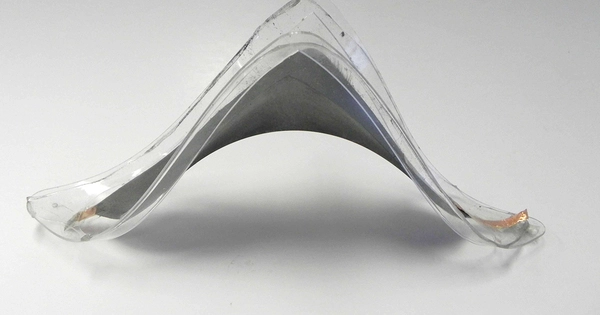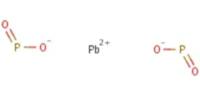A polymer that changes size or shape when stimulated by an electric field is known as an electroactive polymer (EAP). This is a class of materials that respond to electrical stimulation by changing their shape, size, or mechanical properties. This sort of material is most commonly used in actuators and sensors.
An EAP’s usual distinctive attribute is that it will deform significantly while sustaining enormous stresses. Because of their capacity to imitate some elements of biological muscles in terms of mobility and flexibility, they are also known as artificial muscles or smart materials. EAPs have numerous potential applications in industries including robotics, medical devices, aerospace, and consumer electronics.
Ceramic piezoelectric materials have been used in the bulk of historic actuators. While these materials can endure huge stresses, they typically barely deform by a fraction of a percent. It was established in the late 1990s that some EAPs may exhibit up to 380% strain, which is far higher than any ceramic actuator. One of the most common applications for EAPs is in the production of artificial muscles in the field of robotics; thus, an electroactive polymer is frequently referred to as an artificial muscle.
There are several types of electroactive polymers, with the two most common categories being:
- Ionic Polymer-Metal Composites (IPMCs): IPMCs are made up of a polymer matrix infused with ions that can migrate in response to an electric field. Nafion, a perfluorinated sulfonic acid polymer, is commonly employed as the matrix material. An electric field placed across an IPMC causes the ions to migrate, causing the material to expand or contract. This movement can be used to control robots and other mechanical systems.
- Dielectric Elastomers (DEs): Another type of electroactive polymer is dielectric elastomers. They are made up of a flexible elastomer sandwiched between two compliant electrodes. When a voltage is supplied across the electrodes, an electrostatic force is created, which causes the elastomer to deform. This deformation can be utilized for a variety of purposes, including haptic feedback in touch screens and actuators in soft robots.
EAPs provide advantages like as lightweight and flexible construction, silent operation, and the ability to control motion precisely. They do, however, provide obstacles, including as power requirements, long-term durability, and sophisticated control systems. EAP research continues to improve, with the goal of improving their performance, durability, and application range.
















